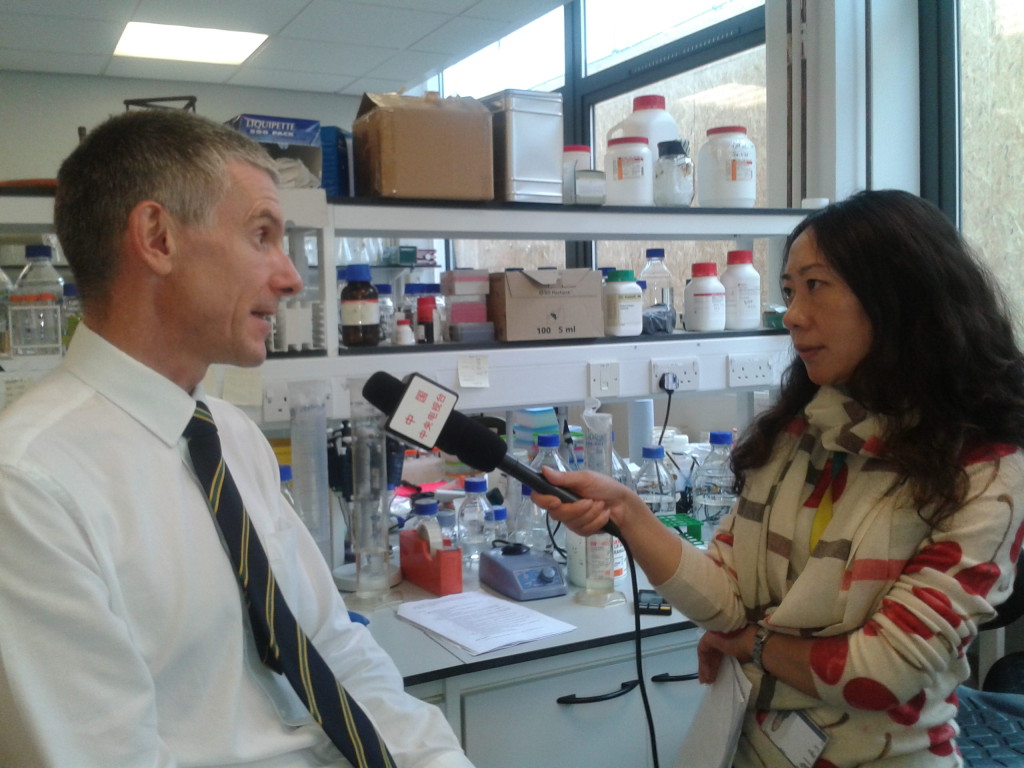Derek Gatherer, Lancaster University – History of Influenza
 Did you get your flu shot this year?
Did you get your flu shot this year?
Derek Gatherer, lecturer in the Division of Biomedical and Life Sciences at Lancaster University, explores the history of influenza and what it may teach us about preventing this disease in the future.
Dr Gatherer works in bioinformatics, which he defines very generally as anything that can be done on a computer and which is relevant to the biological sciences. In practice, however, most of his work over the years has been on sequence analysis with a minor component of network analysis. Viruses, as well as being fascinating in their own right, are ideal subjects for bioinformatics. He has had the opportunity over the years to work on a variety of viruses (herpesviruses, papillomaviruses, adenoviruses, polyomaviruses, hepaciviruses, parvoviruses, influenza viruses, filoviruses, enteroviruses, deltaviruses and paramyxoviruses) from many different bioinformatics research angles.
History of Influenza

It’s now mid-winter, and the flu season is upon us. The latest World Health Organization status report for the Northern Hemisphere shows a preponderance of influenza subtype H1N1 in Europe and a balance of H1N1 and H3N2 in North America. These are the seasonal flu subtypes – they return every year and they are the ones included in the annual influenza vaccine. H1N1 is a descendant of the 2009 swine flu pandemic, and H3N2 a descendent of the 1968 pandemic. Although there are only two flu subtypes, H1N1 and H3N2, circulating in humans, there are 144 subtypes in birds. In fact, influenza is fundamentally an avian disease.

Its reservoir host is aquatic wildfowl – ducks and geese mostly – but with occasional jumps over into other species, like dogs, horses, pigs and humans. When these jumps occur we suffer pandemics, which can then settle down into the seasonal flus we see returning each winter. Both the 1957 and 1968 pandemic flu strains had a bird flu component. The 2009 pandemic on the other hand, originated in pigs. But if we trace its ancestry back far enough, we can see its ultimate roots in bird flu.
My own research interest in influenza is in this area. Recent advances in both our ability to rapidly determine genome sequences of flu viruses, and in the computational tools used to analyse them, have revealed some surprising conclusions. One of these is that all current flu strains come from a common ancestor around 1000 years ago. Influenza, as we know it today, is quite a recent disease. The ecological factors involved in its diversification over the last millennium are as yet unknown. In fact, we still know very little about the flu in its natural bird hosts. Understanding bird flu better, might help us to understand, and who knows maybe even predict and prevent, pandemics in humans.
Read More:
Influenza: How the Flu Spreads and Evolves


